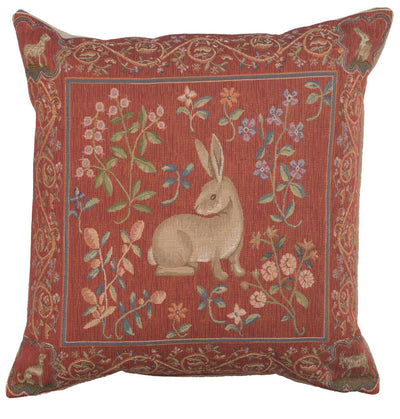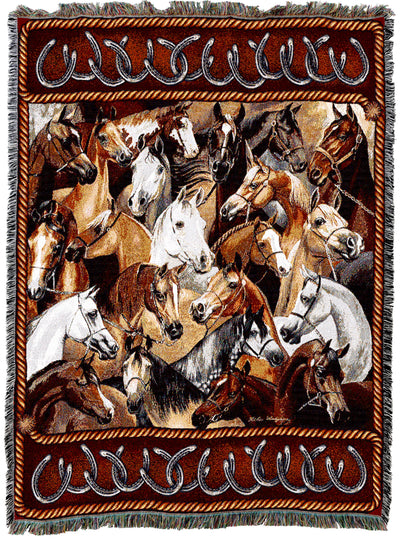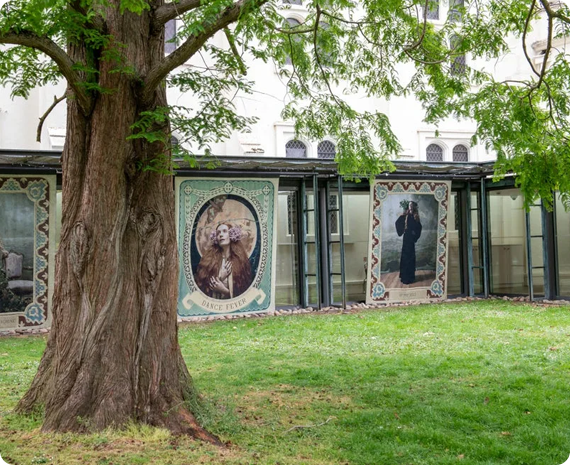What the Tree of Life Tapestry Really Represents—And Why You Should Hang It in Your Home
Few symbols in human history carry as much universal power, mystery, and beauty as the Tree of Life. This iconic image of a mighty tree, with outstretched branches and grounding roots, has spanned across continents and centuries. It's a rich, living metaphor for everything from personal growth to cosmic connection. And when woven into a tapestry, it becomes a timeless piece of art that brings depth, soul, and meaning into any home.
The Tree of Life Tapestry holds different meanings for different cultures and philosophies, be it Indian, Norse or Western art. Let us learn in-depth about this age-old emblem and how bringing it into your home in the form of a tapestry can make your space more meaningful and endlessly inspiring.
Symbolic Meaning of the Tree of Life Tapestry
A Universal Symbol of Connection and Balance
Across cultures, the Tree of Life is portrayed as a majestic tree with strong roots grounded in the earth and branches that stretch toward the heavens, an image that captures the harmony between physical and spiritual domains.
Hinduism: The Immortal Banyan Tree
In Hindu tradition, the Banyan Tree is venerated as the Akshaya Vata, the “immortal tree,” associated with longevity, divine shelter, and fertility. Its aerial roots, which grow into supportive trunks over time, symbolize expansion, endurance, and the nurturing aspect of the divine. It is a tree that never dies, representing the continuity of life through generations and the interconnectedness of all beings.
Norse Mythology: Yggdrasil, the World Tree
In Norse mythology, the tree is Yggdrasil, a cosmic ash that binds the nine realms, linking gods, mortals, and the underworld. It serves as a central axis of the universe, embodying wisdom, fate, and the eternal cycle of life and death.
Celtic Traditions: Interwoven Symbols of Eternity
For the Celts, the Tree of Life was a sacred design often woven into knots, symbolizing the endless cycle of rebirth, the interwoven nature of existence, and the continuity between the seen and unseen worlds. Celtic versions of the tapestry often use intricate knotwork to illustrate themes of eternal connection and divine order.
Klimt's Vision: The Tree as Artistic and Spiritual Icon
Gustav Klimt’s renowned Tree of Life painting, with its golden swirls and shimmering mosaic patterns, is rich with symbolic elements: spirals signifying evolution and change, gold leaf symbolizing the sacred, and intertwined female figures representing creation and the feminine divine.
The tree’s swirling branches suggest movement, transformation, and the complexity of human experience—making it a compelling centerpiece in any contemporary living space.
Contemporary Interpretations: Color, Joy, and Heritage
Other modern takes—like Natasha Wescoat’s vibrant, abstract interpretation—bring playfulness and whimsy to the theme, using bold colors and imaginative trees to express joy, individuality, and freedom. Meanwhile, artists like Jan Delyth incorporate Celtic knots and earthy tones to honor the tapestry’s spiritual heritage while complementing minimalist and modern interiors. Another example is Tree of Life Blue by William Morris Belgian Wall Tapestry, which blends historical symbolism with elegant textile craftsmanship
Why You Should Hang It in Your Home
A Symbol of Harmony and Growth
Hanging a Tree of Life Tapestry in your home brings a sense of grounding while encouraging personal growth and spiritual awareness. It serves as a daily visual reminder of resilience, connection, and the eternal cycle of life.
Enhances Interior Aesthetics
Do you have a minimalist space and looking for some mindful and peaceful decor piece? Or have a richly layered house and want more depth in its decor? Well, the Tree of Life tapestry is gonna go with both these styles. Its flowing lines and natural forms add both warmth and movemen to any place. Its timeless. Its versatile.
Creates a Calming Environment
The Tree of Life Tapestry wall hanging is as calming as it is beautiful. Its deep symbolism promotes mindfulness and tranquility. No matter where it is placed, it helps create a serene atmosphere that invites reflection and mental clarity.
Choosing the Right Tree of Life Tapestry for Your Home
Match Your Aesthetic
Choose a tapestry wall decoration that complements your interior style—traditional, bohemian, minimalist, or eclectic.
Select the Right Size:
-
Go large for feature walls in living rooms or open spaces.
-
Use medium or small tapestries in bedrooms, reading nooks, or hallways.
Consider the Color Palette:
-
Neutral and earthy tones add calmness and warmth.
-
Bold and vibrant colors inject personality and creativity.
Evaluate Material Quality:
-
Look for cotton or chenille for a soft, high-end texture.
-
Ensure durable weaving for longevity.
Placement with Purpose:
-
Ideal for meditation spaces, above sofas or beds, or entryways to inspire reflection and serenity.
Conclusion
The Tree of Life wall tapestry hanging is a timeless artifact of human aspiration—a reminder to stay rooted in our values while continuing to reach for growth, renewal, and higher purpose. For those seeking a piece that’s truly personal, you can even make your own tapestry through Quality Tapestries. Or explore the timeless favorites from our Tree of Life Tapestries collection.














